With their electoral fortunes heavily hinged on the farmer income support scheme, the government is racing against time to roll out the massive income package to 12 crore farmers before March 31
In the midst of his hectic election campaigning before he became the deputy prime minister in the late 80s, Devi Lal declared he would launch an old-age pension scheme if he was elected.
There was an uproar over how it would be funded. The seasoned politician from Haryana was unperturbed by it all.
After elections, when he took over as the deputy prime minister, a scribe asked him how did he intent to meet his poll promise.
"Nothing, a file (on old age pension scheme) will come to me from the under secretary and I will sign it," he told the young reporter nonchalantly.
And that is what he did. That's how the Rs150 old-age pension got launched then. Today, states like Haryana are doling out a pension of around Rs 2,000 to their senior citizens.
 Many are seeing the farmer income support scheme – Pradhan Mantri Samman Nidhi (Pm-Kisan) – announced in the interim Budget of the next fiscal as something similar – a beginning of a sustainable feature in every Budget in the future.
Many are seeing the farmer income support scheme – Pradhan Mantri Samman Nidhi (Pm-Kisan) – announced in the interim Budget of the next fiscal as something similar – a beginning of a sustainable feature in every Budget in the future.
Agricultural expert Devinder Sharma says whenever there is "political will, policies translate into action".
And he is very sure the Prime Minister Narendra Modi's government will make every effort to ensure the rollout of the PM-Kisan before March 31 or before the election code kicks in.
The government's zeal to swiftly execute the farmer's direct income assistance plan, notwithstanding, the whole process is expected to be painstaking and complex.
Finance minister Piyush Goyal has announced that Rs 6,000 will be directly transferred into the bank accounts of 12 crore farmers with landholdings of less than two hectares. This would be done in three instalments every year. He has budgeted Rs 75,000 crore spend in 2019-20 for the scheme.
If it had been left at that, the kick-off of PM-Kisan would have been smooth. The first part of the income support of Rs 2,000 would have landed in the farmer's account by June. That is six months away.
But with their sight set on the general elections in May, the government is in a rush. It wants to launch the scheme retrospectively from December 1, 2018. This means the first tranche of Rs 2,000 has to be deposited in farmers' accounts before March 31. For this the government has already set aside Rs 20,000 crore to be spent in this fiscal.
 As per figures culled out from the annual report on the website of the Department of Agriculture, Co-operatives and Farmer Welfare, the share of agriculture and allied activities in the total gross value added (GVA) declined between FY14 and FY17. The website does not have the latest number.
As per figures culled out from the annual report on the website of the Department of Agriculture, Co-operatives and Farmer Welfare, the share of agriculture and allied activities in the total gross value added (GVA) declined between FY14 and FY17. The website does not have the latest number.
The share of agriculture and allied activities was 5.6% in FY14 when the GVA was 6.1%. Next fiscal, it moved into negative zone at -0.2% while the GVA rose to 7.2%. In FY16, when GVA climbed to 7.9%, the share of agriculture and allied activities was just 0.7%. In following fiscal (FY17), GVA dropped to 6.6% and share of agriculture and allied activities was 4.9%.
Nabard's All India Financial Inclusion Survey -2016-17 (NAFIS), which covered more than 40,000 rural households in 245 districts in 29 states, has thrown up interesting data that 53% households had taken loans. A large part of this would be farm households. The survey could have left out many households due to lower level of financial inclusion in rural areas.
Such a situation has created a sense of urgency in the government to get the scheme rolling at the earliest.
A food and agriculture expert, who did not want to be named, told DNA Money an initiative of PM-Kisan scale would need at least 5-6 months to implement.
He said the process would require mapping marginal and small farmers across different states and collecting a list of their names and bank accounts.
According to him, reconciliation and verification of such a massive data of 12 crore farmers would take time and cannot be done in a short period.
"You cannot implement it (PM-Kisan) in such a short time. Election code will come into force very shortly. For such a big exercise at such a level, you need to have at least 5-6 months to implement," said the senior executive with leading consultancy firm.
To be sure, an income scheme for farmers announced by the Odisha government a few months back is still to take off.
Odisha's Krushak Assistance for Livelihood and Income Augmentation, or KALIA, has proven to be challenge for the state government.
Under the KALIA scheme, Odisha government has promised direct cash transfer of Rs 25,000 for small and marginal farmers over five seasons. Probably, inclusion of landless farmers in the scheme could be the sticky issue. The PM-Kisan is restricted to landowning farmers.
KALIA's first phase of registration was completed only recently and it would be a while before any money is transferred into a farmer's bank account.
Like Odisha, there are several other states which have announced direct income benefit for farmers.
However, Telangana's Rythu Bandhu, on which the PM-Kisan is modelled, is the only one successfully implemented scheme till now. It was among the first to be introduced. Under this programme, the state government has extended input assistance of Rs 8,000 per acre per annum to every farmer. This scheme has left out tenant farmers, but does not put a ceiling on landholding for eligibility.
Pravesh Sharma, co-founder and CEO, Kamatan Farm Tech Pvt Ltd, said the speed at which the scheme is rolled out would depend on how fast the states provide farmer data to the central government.
He said the Centre could also face issues in its implementation if states decide to act difficult as they would be the executing authorities.
"When a state government announces such scheme, they are the ultimate implementing authority because they have access to the land records. The central government does not have access to farmers' details. This scheme is going to be dependent on state government furnishing a list of farmers, which means that the state government has some leverage in deciding who is going to get it, not the central government," he said.
Sharma also raised the issue of financial inclusion in remote hinterlands of the country. This could exclude many distressed farmers. There were still close to 20-30% of farmers who remained outside the banking system.
Ajay Kakra, leader – food and agriculture, PwC India, said another issue was exclusion of tenant or landless farmers. But he believes a large portion of the farmer population would be covered as today small and marginal farmers constituted 72% of the total farming community and is expected to rise to 90% by 2025.
Kamatan Farm's Sharma, who is a former government official, felt that the scheme could incentivise large farmers to break up their landholding into holdings of under two hectares so that they could qualify; "there are of course large and medium farmers who have broken up theirs holdings into multiple units so that they can qualify for benefits like this. There could be an error of inclusion but majority of genuine small and marginal farmers would be covered".
He also wondered how the government would tackle the issue of community land ownership that exists in places like Nagaland to reach the target farmer.
Officials from the central government have reportedly claimed that a detailed guideline for the scheme has already been drawn and will be released soon. The agriculture ministry will be setting up an exclusive portal for the PM-Kisan where states and union territories (UT) upload "upload certified district-wise lists of beneficiaries".
And as the government races against time to put money in the pockets of farmers, Devindra Sharma does not see it as a major challenge.
He says it was just a matter of pushing it through. And he does not see the government buckling down under pressure.
"Even if it is not 100%, it will still be reaching a lot of people before the election code. That is the objective. Nothing is difficult in India. You just need to have the political will. Now that the government is keen to do it, they will do it, he said.
![submenu-img]() 'They unilaterally took some measures': EAM Jaishankar on new Nepal 100 rupee currency
'They unilaterally took some measures': EAM Jaishankar on new Nepal 100 rupee currency![submenu-img]() Meet Ice Cream Lady of India, who built Rs 6000 crore company, started with small investment of Rs…
Meet Ice Cream Lady of India, who built Rs 6000 crore company, started with small investment of Rs…![submenu-img]() ‘Canada a rule-of-law country’: PM Trudeau after 3 Indian arrested over Hardeep Nijjar's murder
‘Canada a rule-of-law country’: PM Trudeau after 3 Indian arrested over Hardeep Nijjar's murder![submenu-img]() Viral video: Specially-abled girl’s energetic dance to Bollywood song wows internet, watch
Viral video: Specially-abled girl’s energetic dance to Bollywood song wows internet, watch![submenu-img]() 'Baap re baap': Imtiaz Ali reveals Diljit Dosanjh was scandalised by old women's 'vulgar' improvisation on Chamkila set
'Baap re baap': Imtiaz Ali reveals Diljit Dosanjh was scandalised by old women's 'vulgar' improvisation on Chamkila set![submenu-img]() DNA Verified: Is CAA an anti-Muslim law? Centre terms news report as 'misleading'
DNA Verified: Is CAA an anti-Muslim law? Centre terms news report as 'misleading'![submenu-img]() DNA Verified: Lok Sabha Elections 2024 to be held on April 19? Know truth behind viral message
DNA Verified: Lok Sabha Elections 2024 to be held on April 19? Know truth behind viral message![submenu-img]() DNA Verified: Modi govt giving students free laptops under 'One Student One Laptop' scheme? Know truth here
DNA Verified: Modi govt giving students free laptops under 'One Student One Laptop' scheme? Know truth here![submenu-img]() DNA Verified: Shah Rukh Khan denies reports of his role in release of India's naval officers from Qatar
DNA Verified: Shah Rukh Khan denies reports of his role in release of India's naval officers from Qatar![submenu-img]() DNA Verified: Is govt providing Rs 1.6 lakh benefit to girls under PM Ladli Laxmi Yojana? Know truth
DNA Verified: Is govt providing Rs 1.6 lakh benefit to girls under PM Ladli Laxmi Yojana? Know truth![submenu-img]() Streaming This Week: Heeramandi, Shaitaan, Manjummel Boys, latest OTT releases to binge-watch
Streaming This Week: Heeramandi, Shaitaan, Manjummel Boys, latest OTT releases to binge-watch![submenu-img]() Remember Ayesha Kapur? Michelle from Black, here's how actress, nutrition coach, entrepreneur looks after 19 years
Remember Ayesha Kapur? Michelle from Black, here's how actress, nutrition coach, entrepreneur looks after 19 years![submenu-img]() Remember Heyy Babyy's cute 'Angel' Juanna Sanghvi? 20 year-old looks unrecognisable now, fans say 'her comeback will...'
Remember Heyy Babyy's cute 'Angel' Juanna Sanghvi? 20 year-old looks unrecognisable now, fans say 'her comeback will...'![submenu-img]() In pics: Arti Singh stuns in red lehenga as she ties the knot with beau Dipak Chauhan in dreamy wedding
In pics: Arti Singh stuns in red lehenga as she ties the knot with beau Dipak Chauhan in dreamy wedding![submenu-img]() Actors who died due to cosmetic surgeries
Actors who died due to cosmetic surgeries![submenu-img]() DNA Explainer: Why Harvey Weinstein's rape conviction was overturned, will beleaguered Hollywood mogul get out of jail?
DNA Explainer: Why Harvey Weinstein's rape conviction was overturned, will beleaguered Hollywood mogul get out of jail?![submenu-img]() What is inheritance tax?
What is inheritance tax?![submenu-img]() DNA Explainer: What is cloud seeding which is blamed for wreaking havoc in Dubai?
DNA Explainer: What is cloud seeding which is blamed for wreaking havoc in Dubai?![submenu-img]() DNA Explainer: What is Israel's Arrow-3 defence system used to intercept Iran's missile attack?
DNA Explainer: What is Israel's Arrow-3 defence system used to intercept Iran's missile attack?![submenu-img]() DNA Explainer: How Iranian projectiles failed to breach iron-clad Israeli air defence
DNA Explainer: How Iranian projectiles failed to breach iron-clad Israeli air defence![submenu-img]() 'Baap re baap': Imtiaz Ali reveals Diljit Dosanjh was scandalised by old women's 'vulgar' improvisation on Chamkila set
'Baap re baap': Imtiaz Ali reveals Diljit Dosanjh was scandalised by old women's 'vulgar' improvisation on Chamkila set![submenu-img]() This actor, who worked with Karan Johar and Farhan Akhtar, gave superhit shows, saw failed marriage, killed himself at..
This actor, who worked with Karan Johar and Farhan Akhtar, gave superhit shows, saw failed marriage, killed himself at..![submenu-img]() Did you know Ranveer Singh's grandmother was popular actress? Worked with Raj Kapoor; her career affected due to...
Did you know Ranveer Singh's grandmother was popular actress? Worked with Raj Kapoor; her career affected due to...![submenu-img]() India's highest-paid TV actress began working at 8, her Bollywood films flopped, was seen in Bigg Boss 1, now charges...
India's highest-paid TV actress began working at 8, her Bollywood films flopped, was seen in Bigg Boss 1, now charges...![submenu-img]() Shreyas Talpade wonders if his heart attack was due to Covid vaccine: 'We don’t know what we have taken inside...'
Shreyas Talpade wonders if his heart attack was due to Covid vaccine: 'We don’t know what we have taken inside...'![submenu-img]() IPL 2024: Faf du Plessis, Virat Kohli help Royal Challengers Bengaluru defeat Gujarat Titans by 4 wickets
IPL 2024: Faf du Plessis, Virat Kohli help Royal Challengers Bengaluru defeat Gujarat Titans by 4 wickets![submenu-img]() IPL 2024: Why is Sai Kishore not playing today's RCB vs GT match?
IPL 2024: Why is Sai Kishore not playing today's RCB vs GT match?![submenu-img]() 'Mumbai Indians ki kahani khatam': Ex-India star slams Hardik Pandya after MI's loss to KKR at Wankhede
'Mumbai Indians ki kahani khatam': Ex-India star slams Hardik Pandya after MI's loss to KKR at Wankhede![submenu-img]() LSG vs KKR, IPL 2024: Predicted playing XI, live streaming details, weather and pitch report
LSG vs KKR, IPL 2024: Predicted playing XI, live streaming details, weather and pitch report![submenu-img]() LSG vs KKR IPL 2024 Dream11 prediction: Fantasy cricket tips for Lucknow Super Giants vs Kolkata Knight Riders
LSG vs KKR IPL 2024 Dream11 prediction: Fantasy cricket tips for Lucknow Super Giants vs Kolkata Knight Riders![submenu-img]() Viral video: Specially-abled girl’s energetic dance to Bollywood song wows internet, watch
Viral video: Specially-abled girl’s energetic dance to Bollywood song wows internet, watch![submenu-img]() Viral video: Man educates younger brother about mensuration, internet is highly impressed
Viral video: Man educates younger brother about mensuration, internet is highly impressed![submenu-img]() Girl's wedding dance to Haryanvi song interrupted by mother in viral video, internet reacts
Girl's wedding dance to Haryanvi song interrupted by mother in viral video, internet reacts![submenu-img]() Viral video: Man fearlessly grabs dozens of snakes, internet is scared
Viral video: Man fearlessly grabs dozens of snakes, internet is scared![submenu-img]() This mysterious mobile phone number was suspended after three users...
This mysterious mobile phone number was suspended after three users...

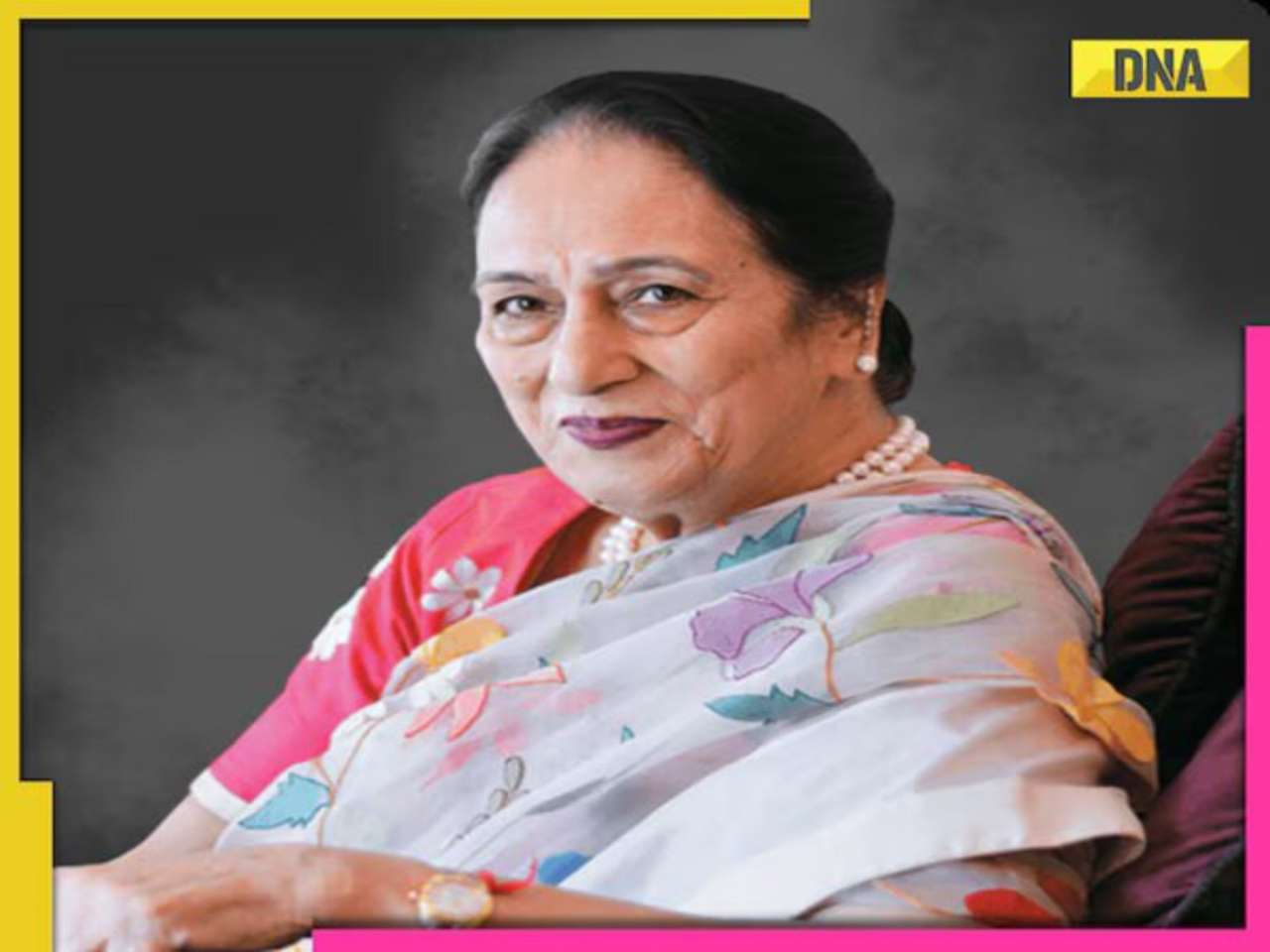
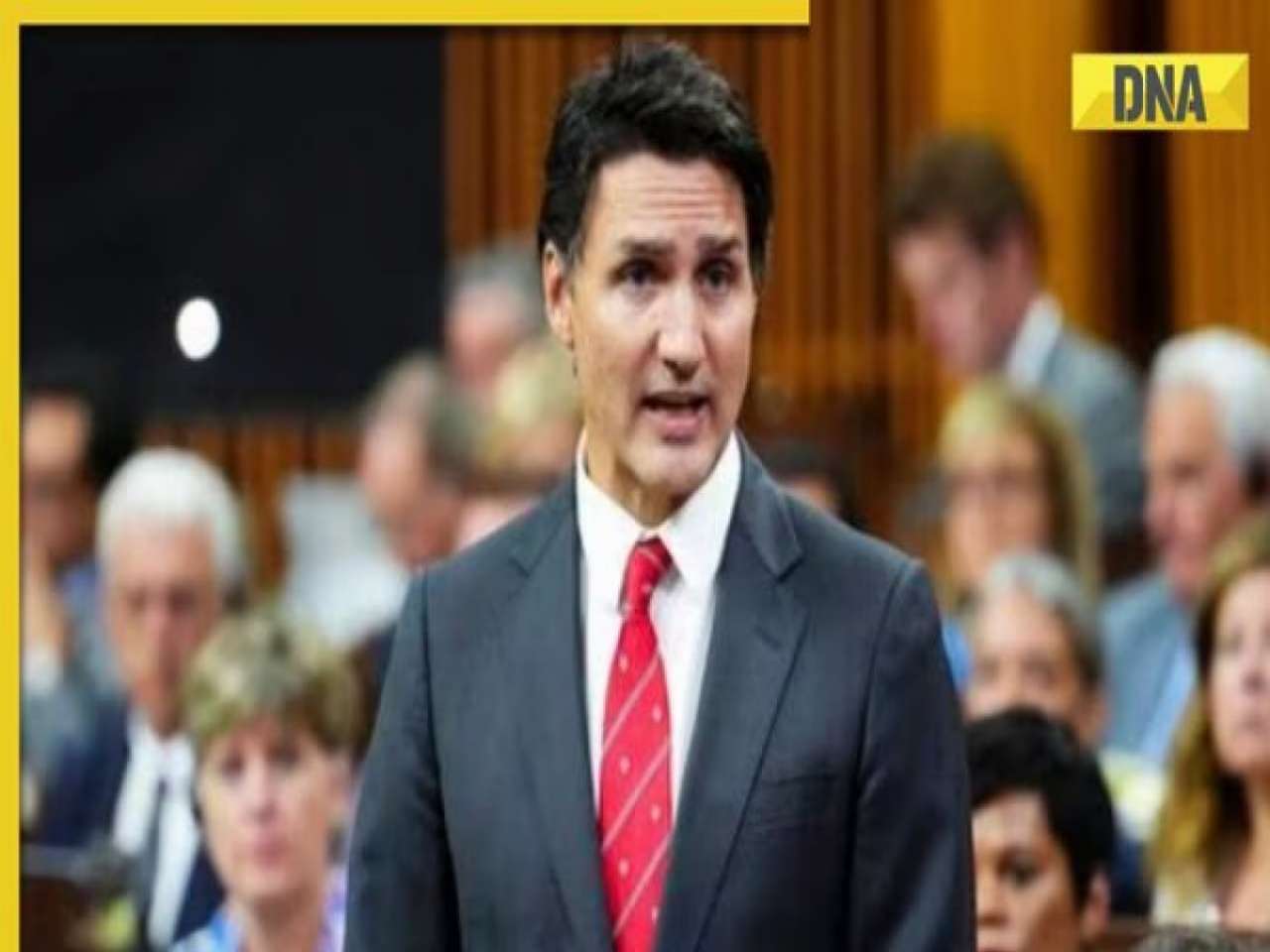

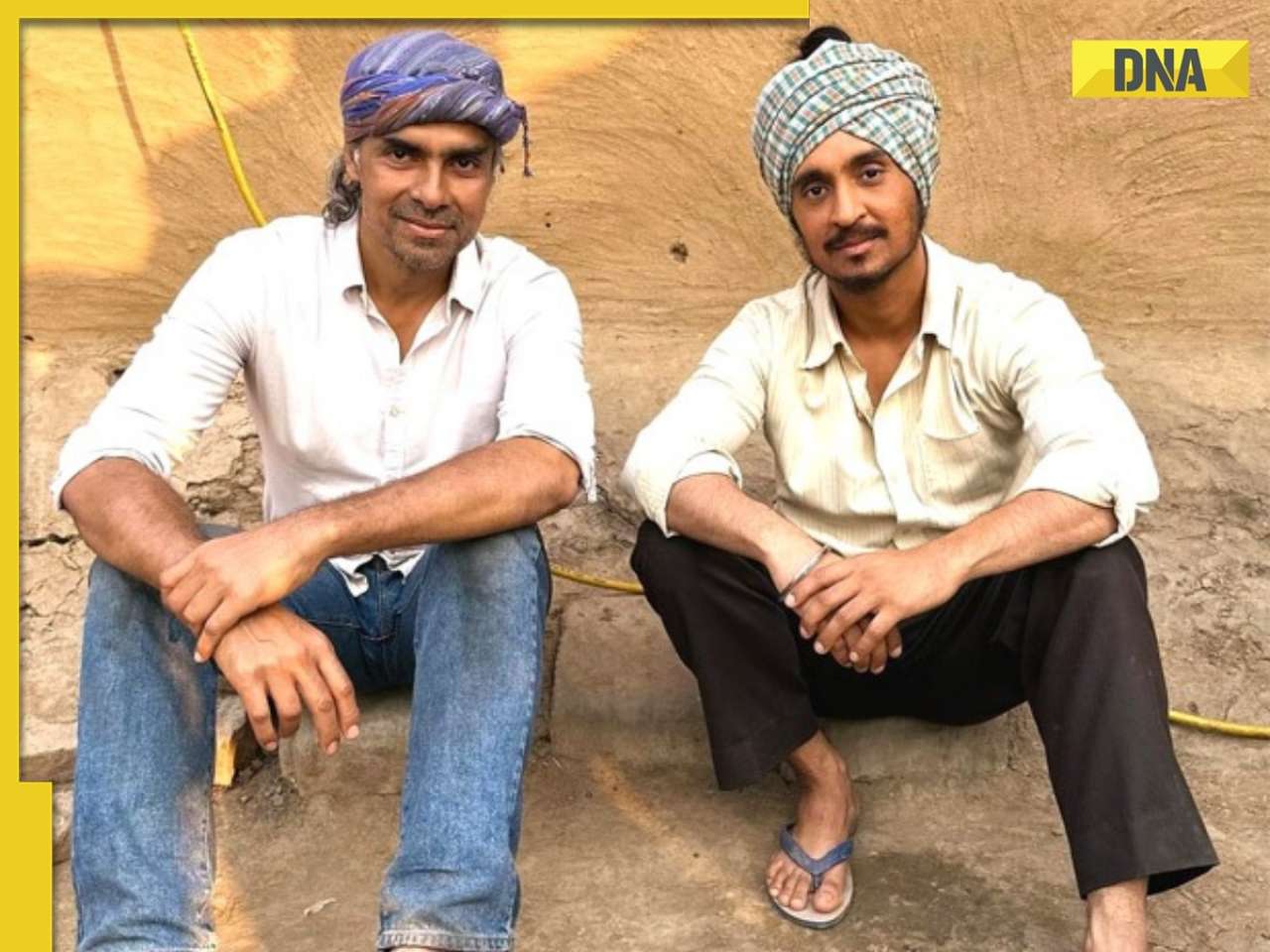





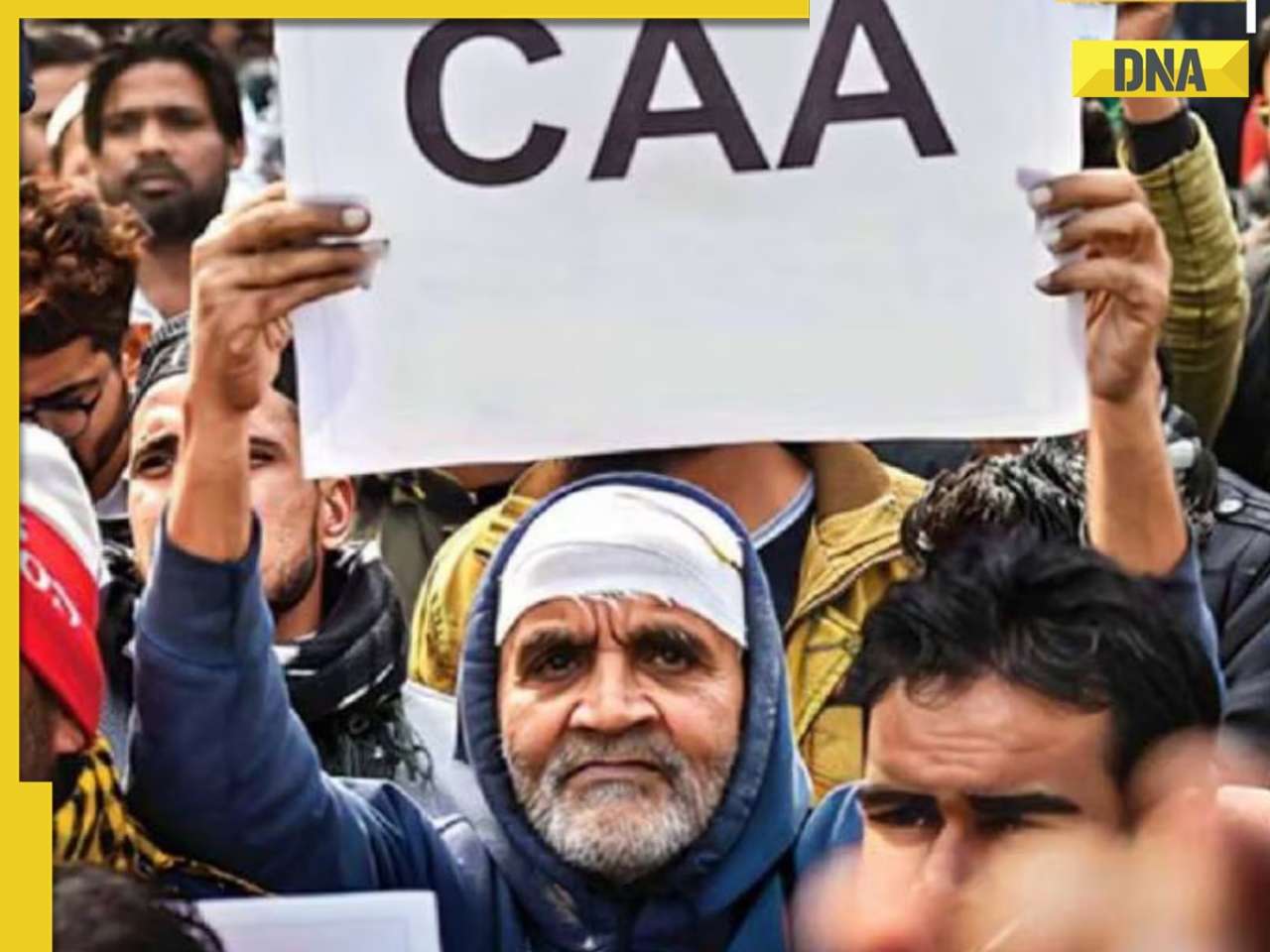
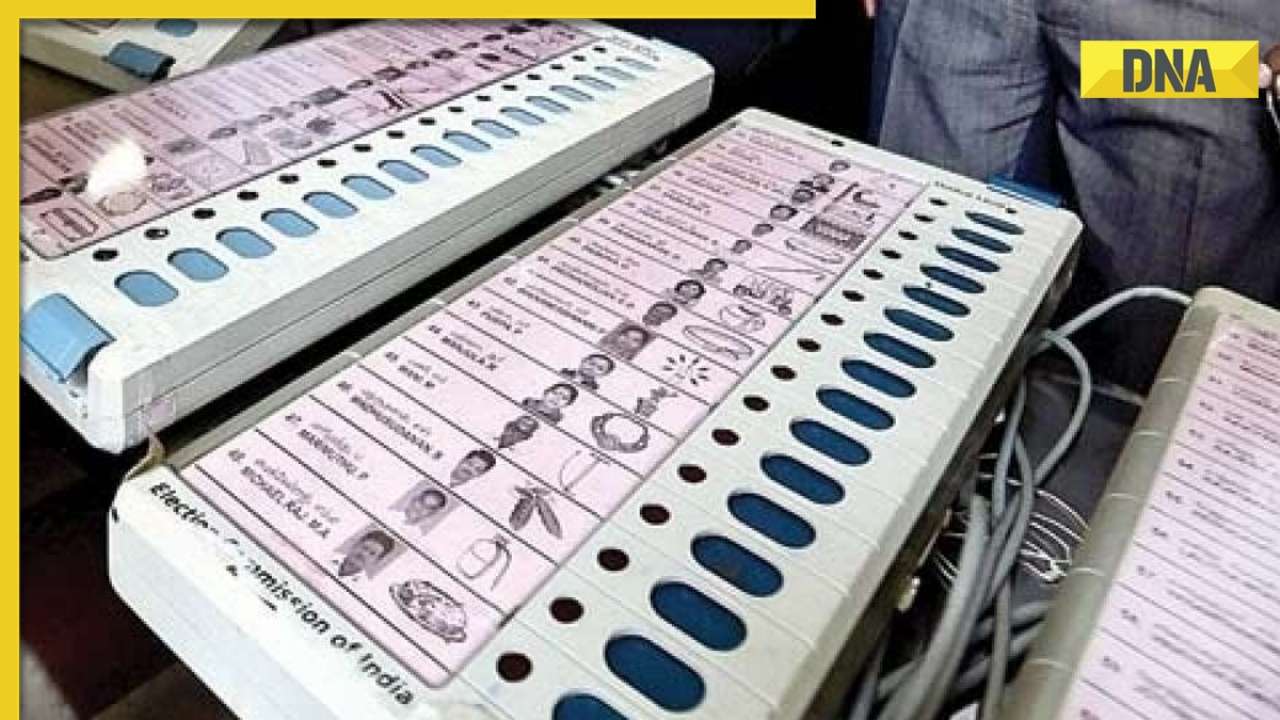
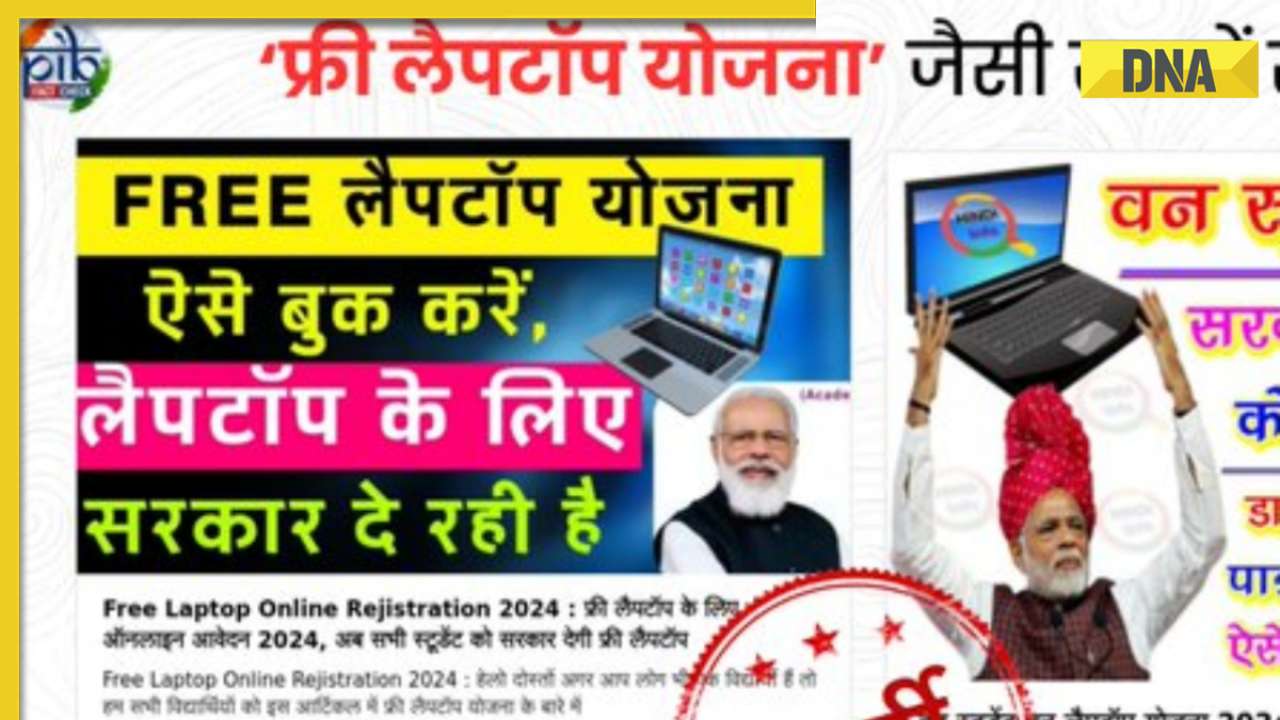

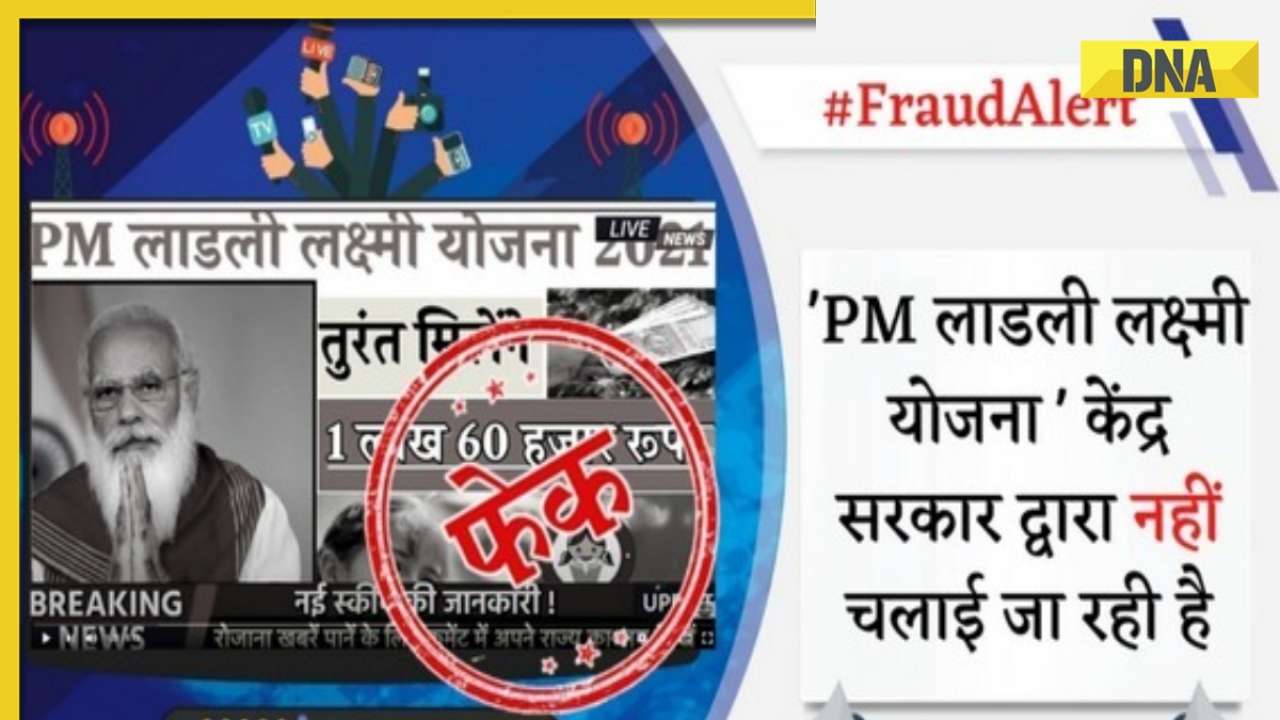





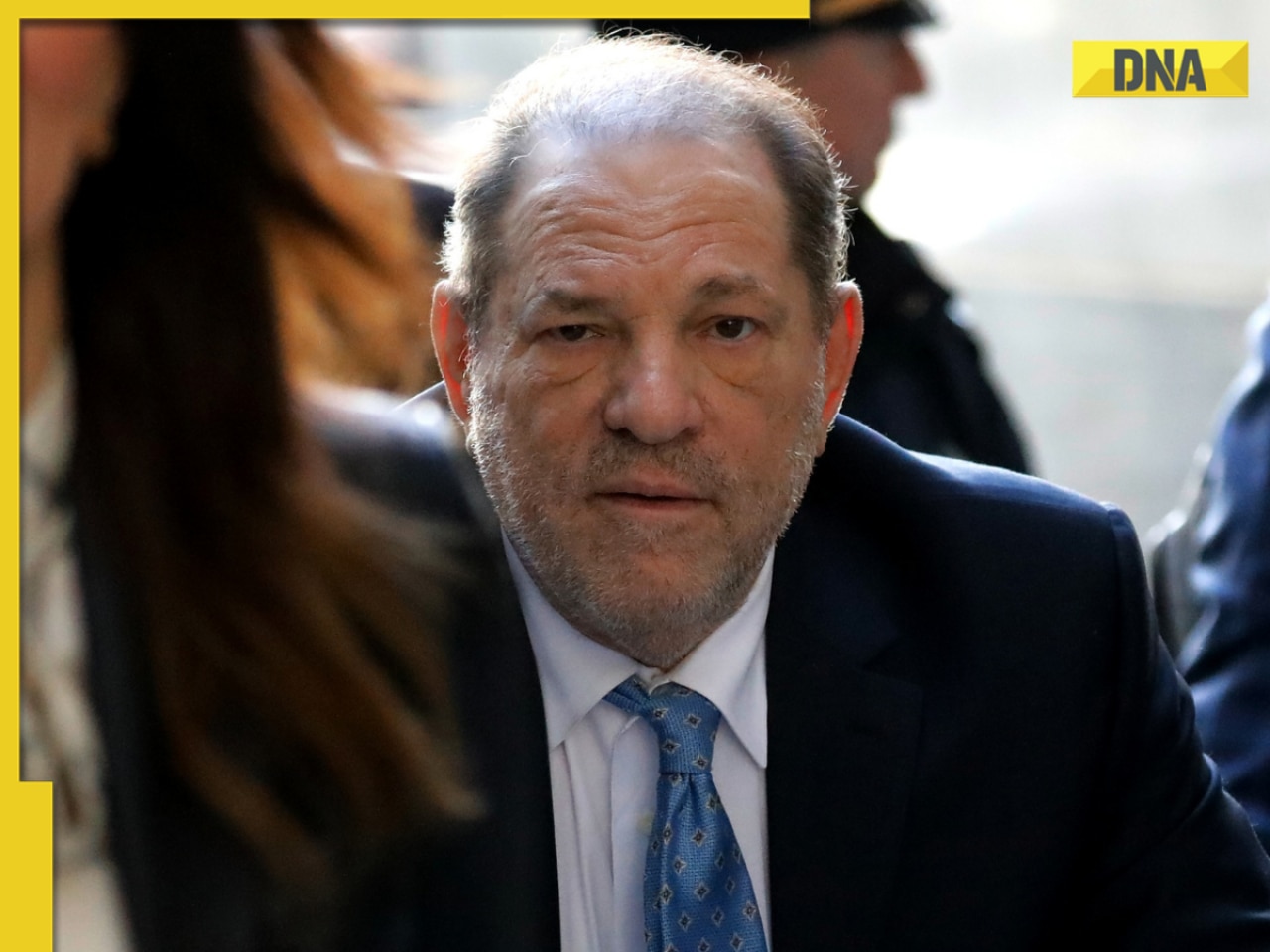
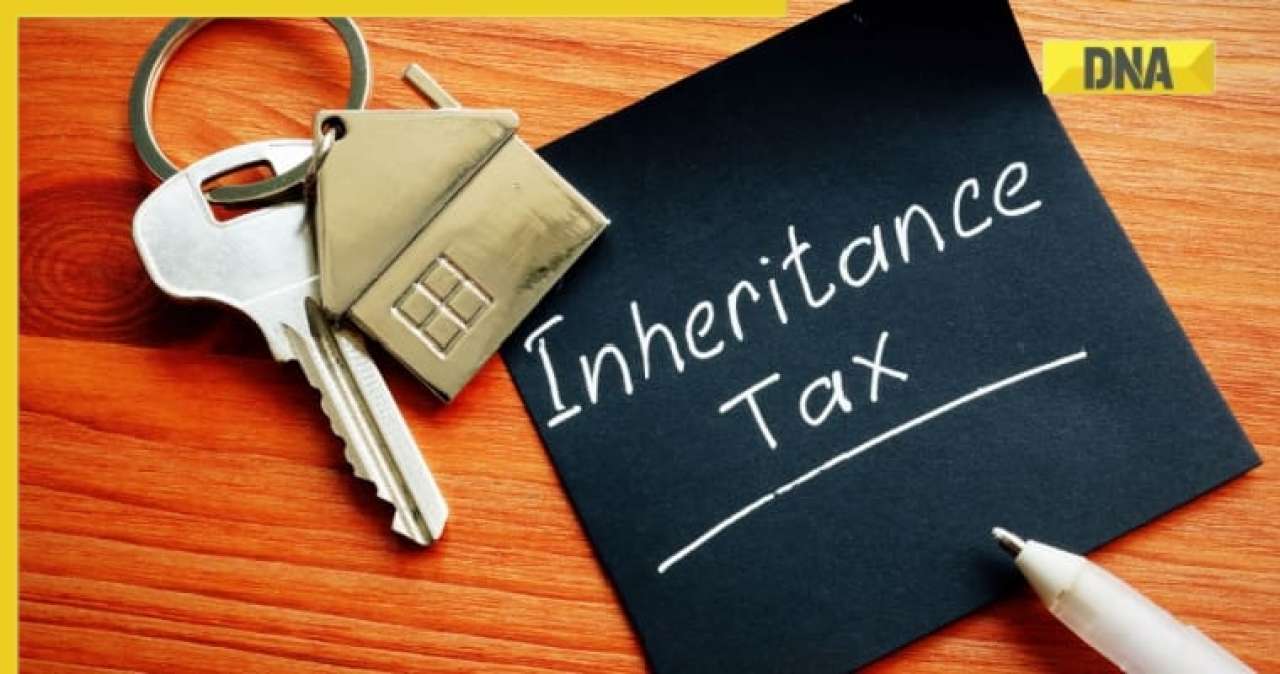
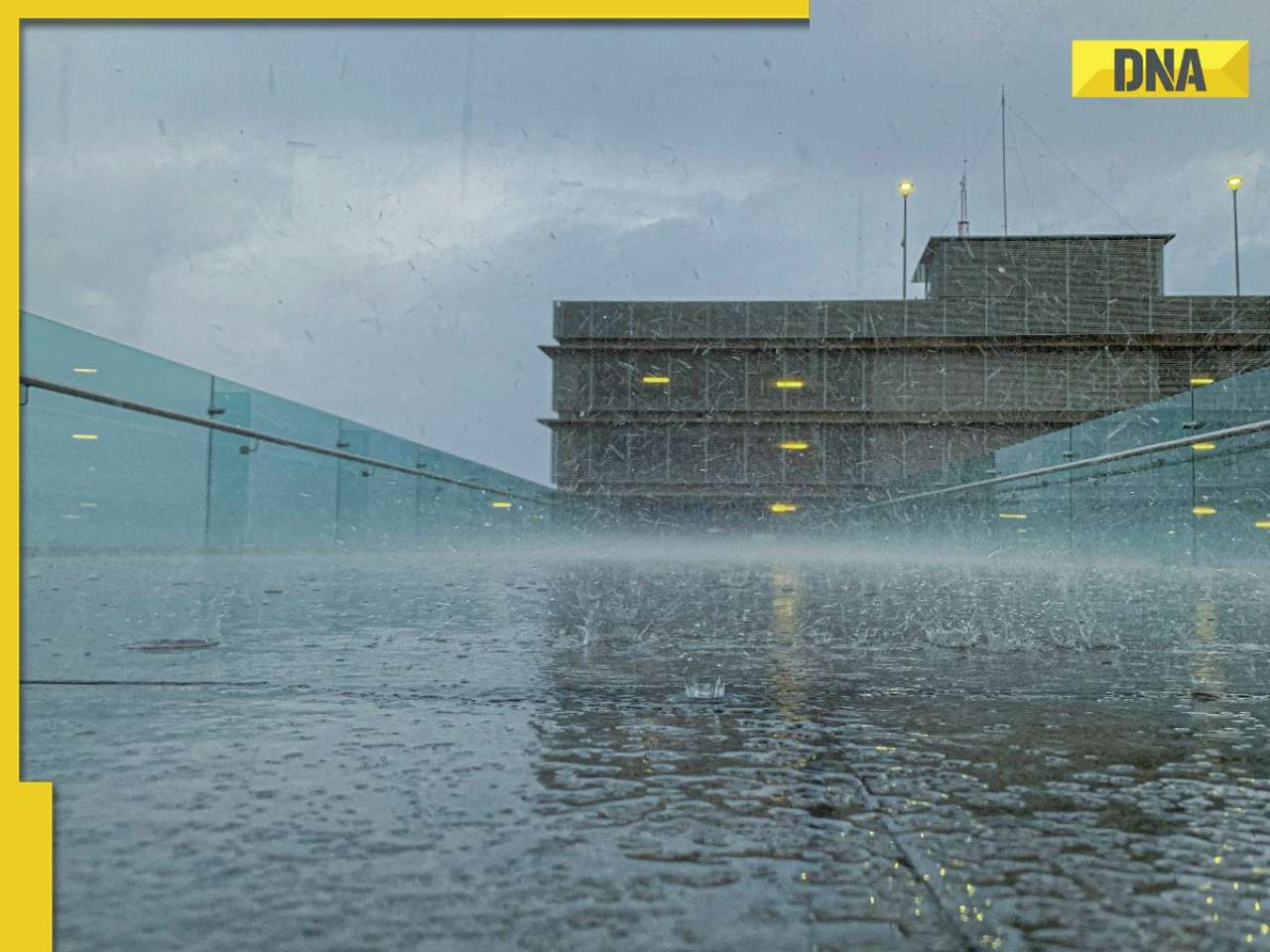



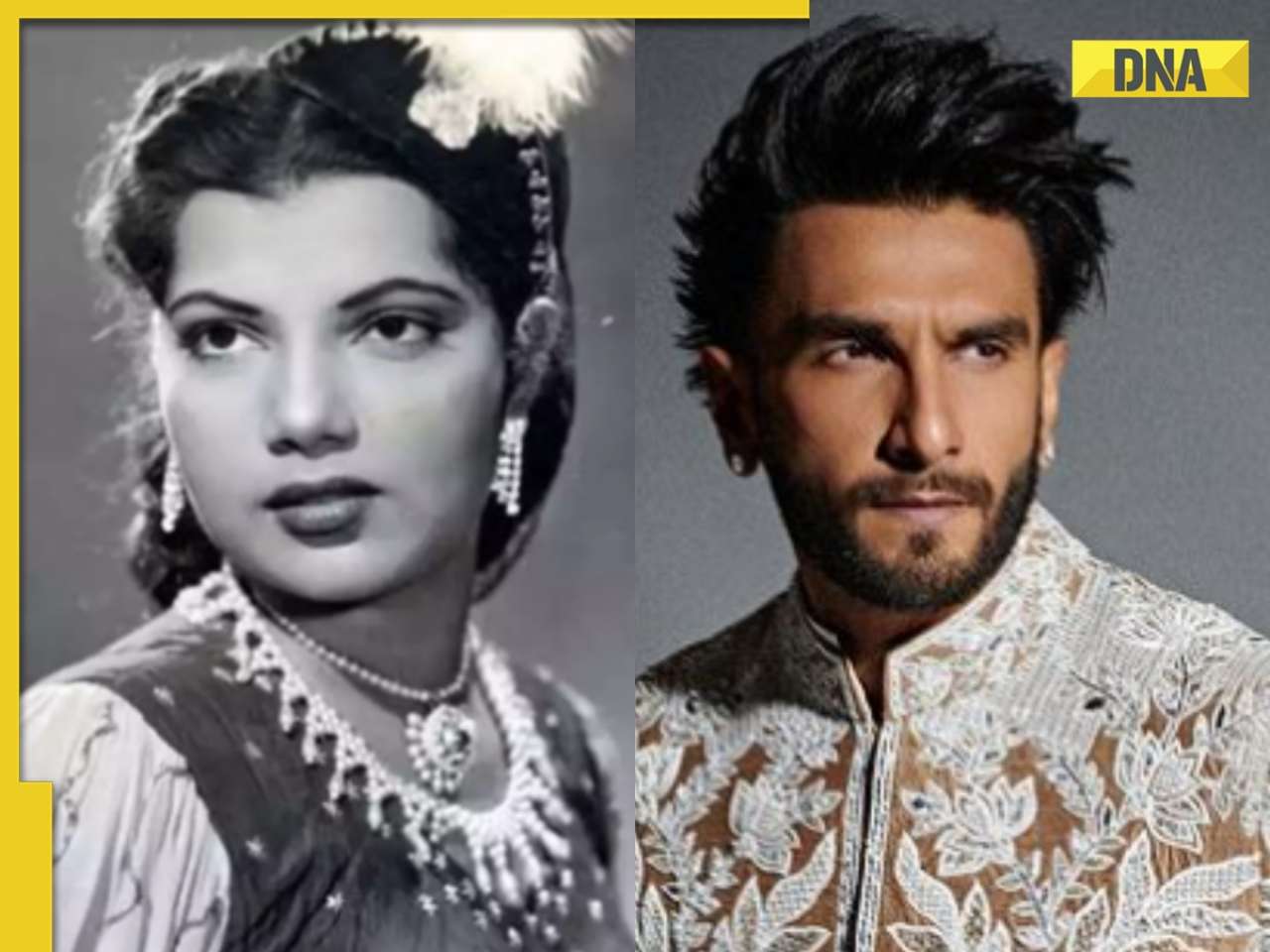
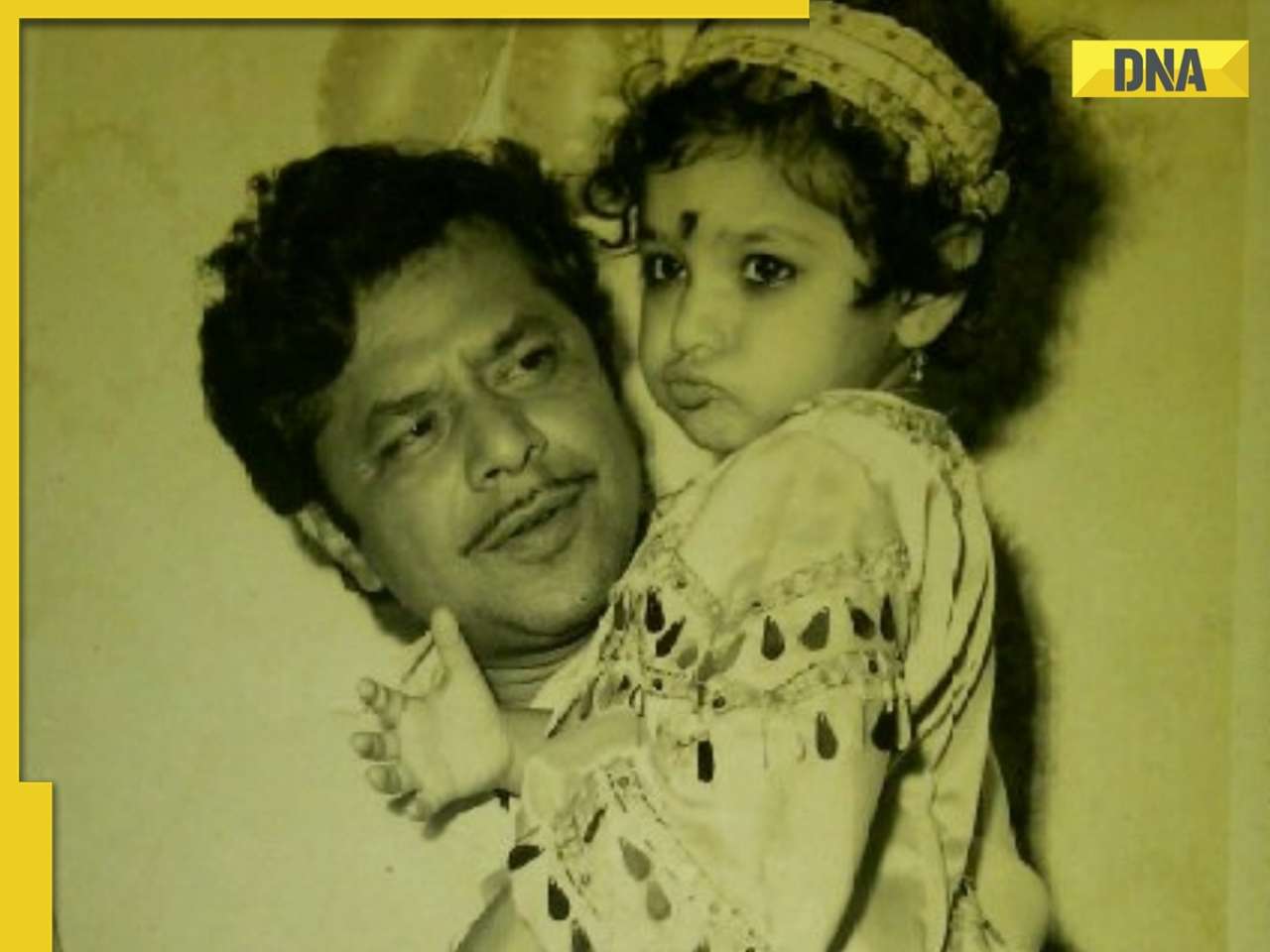




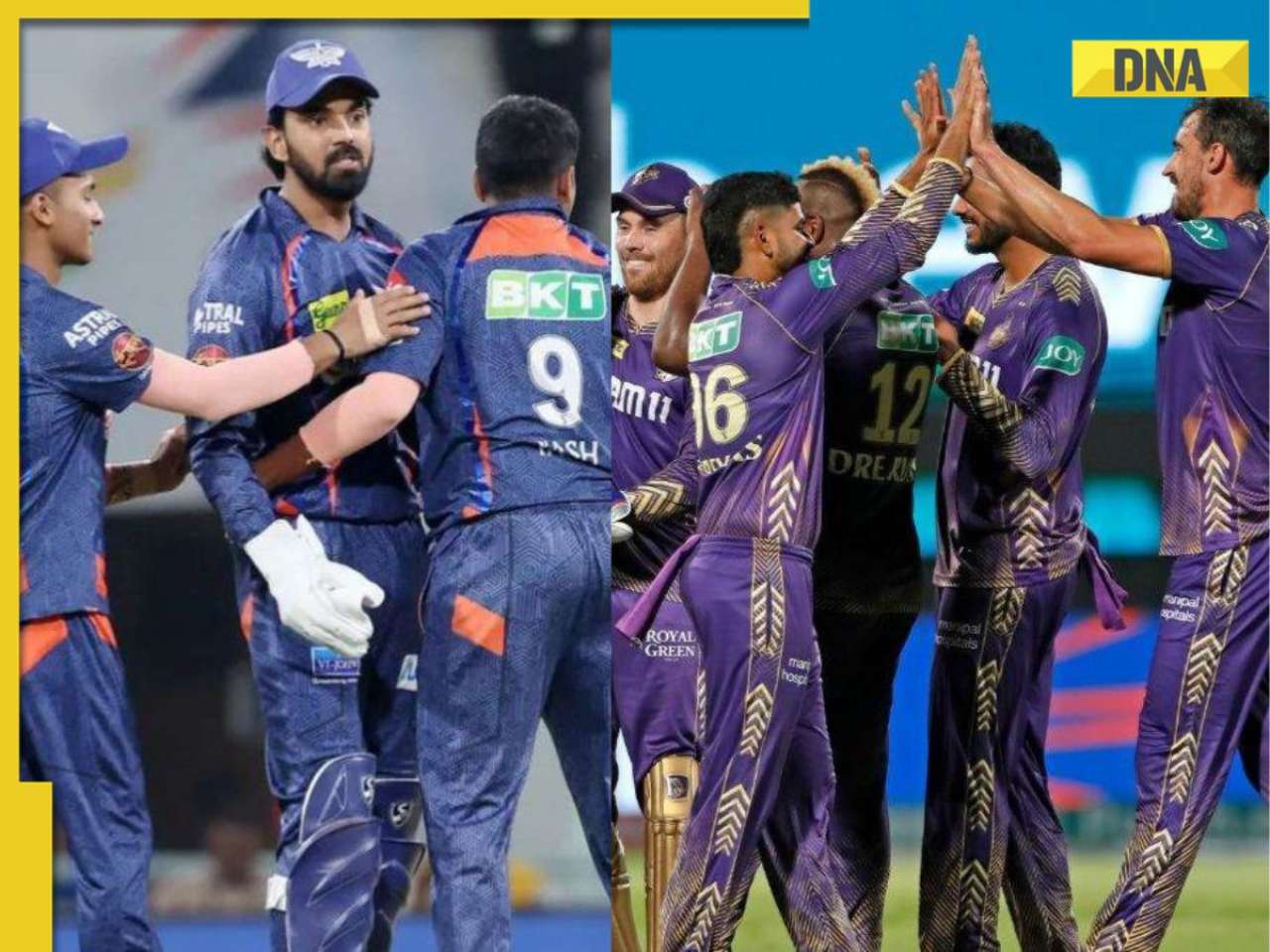
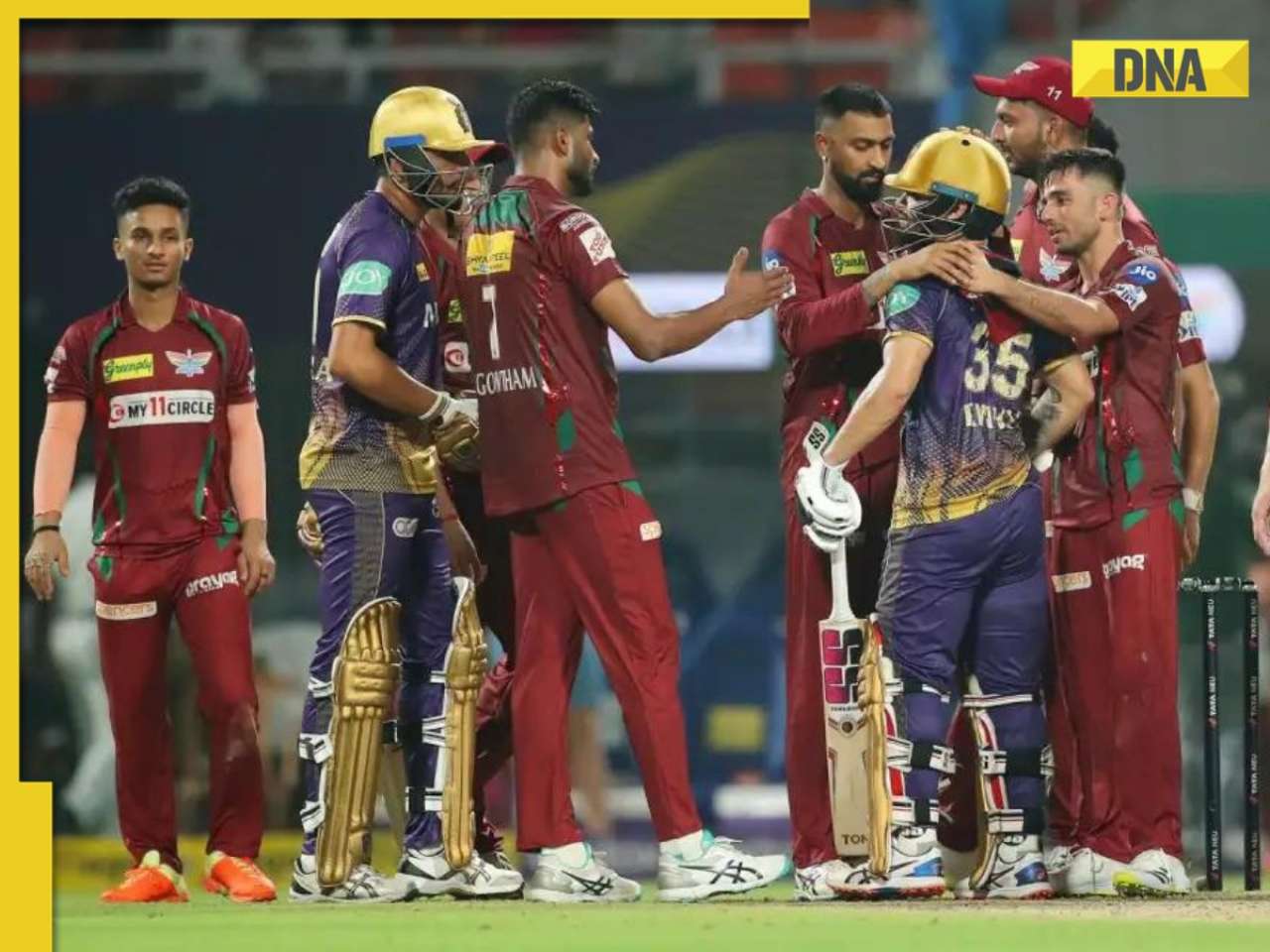
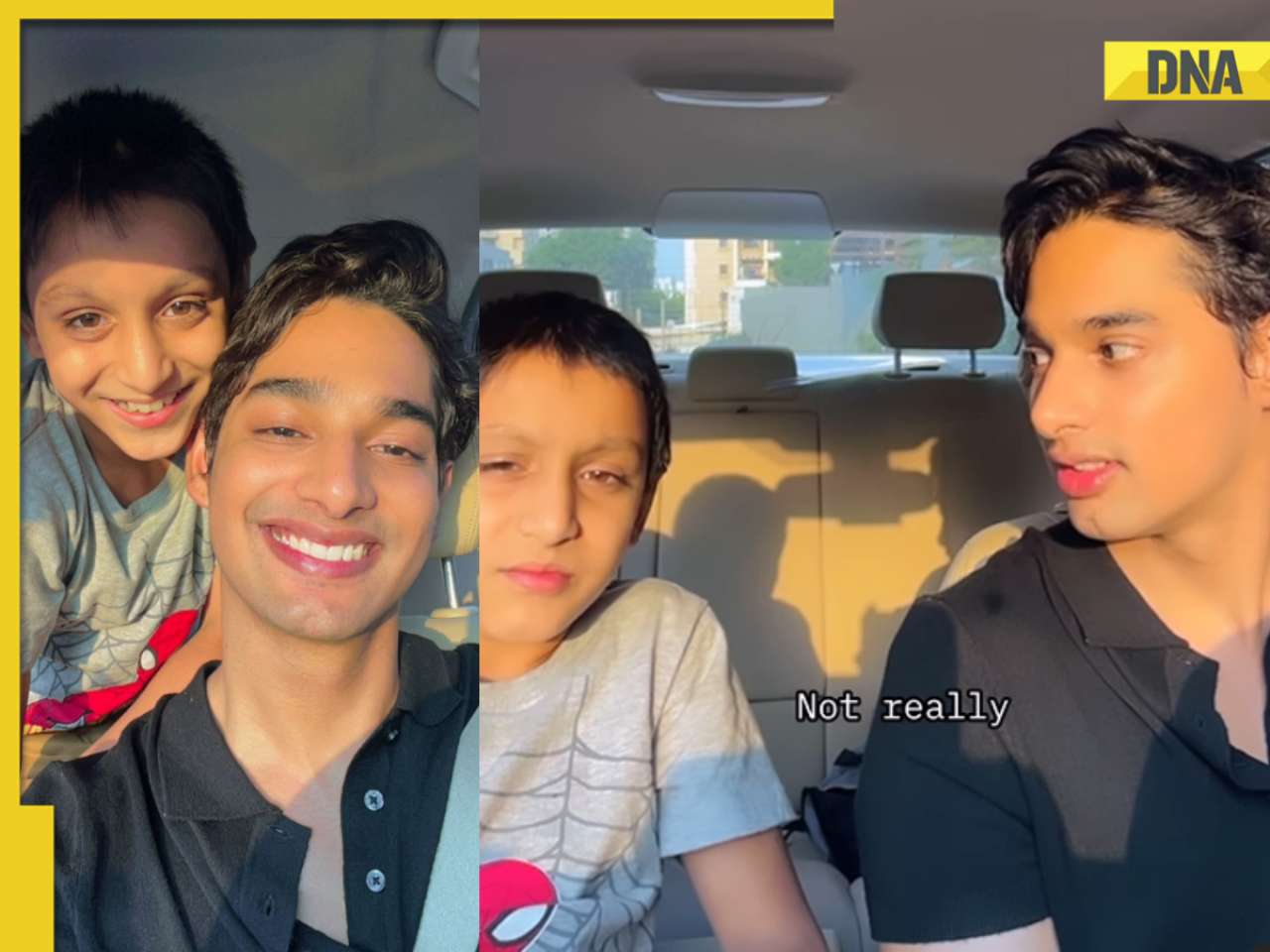

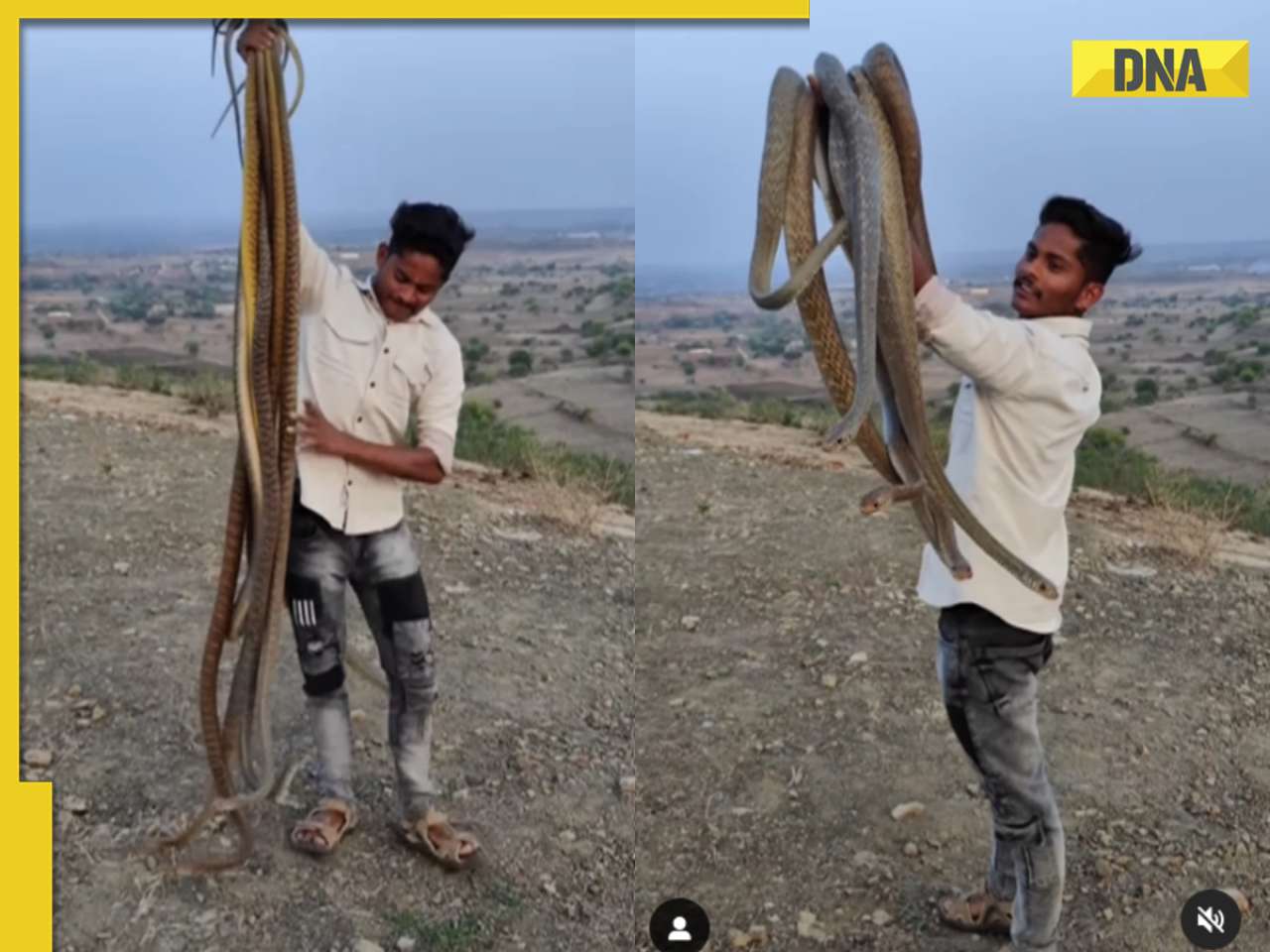


)
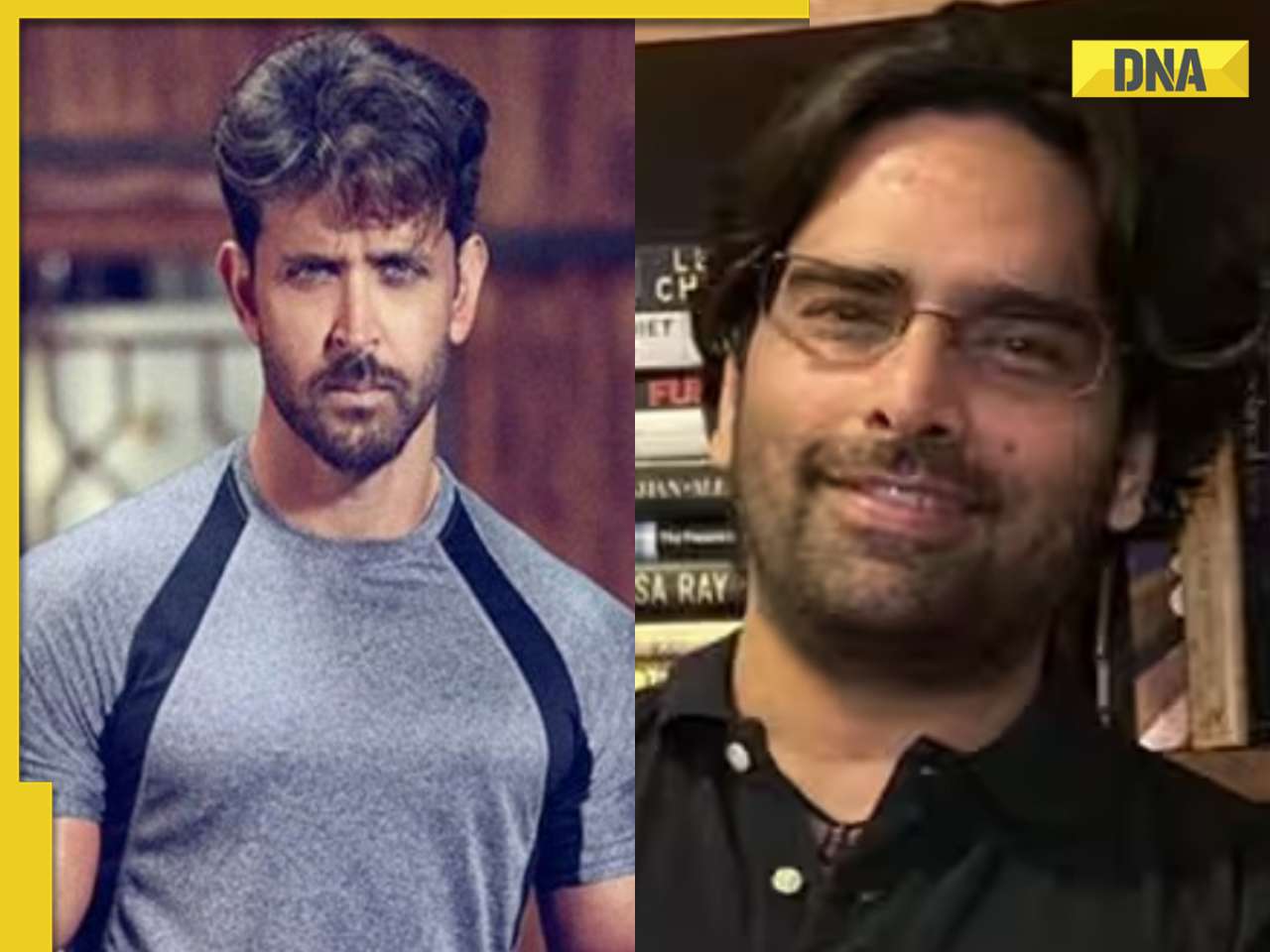

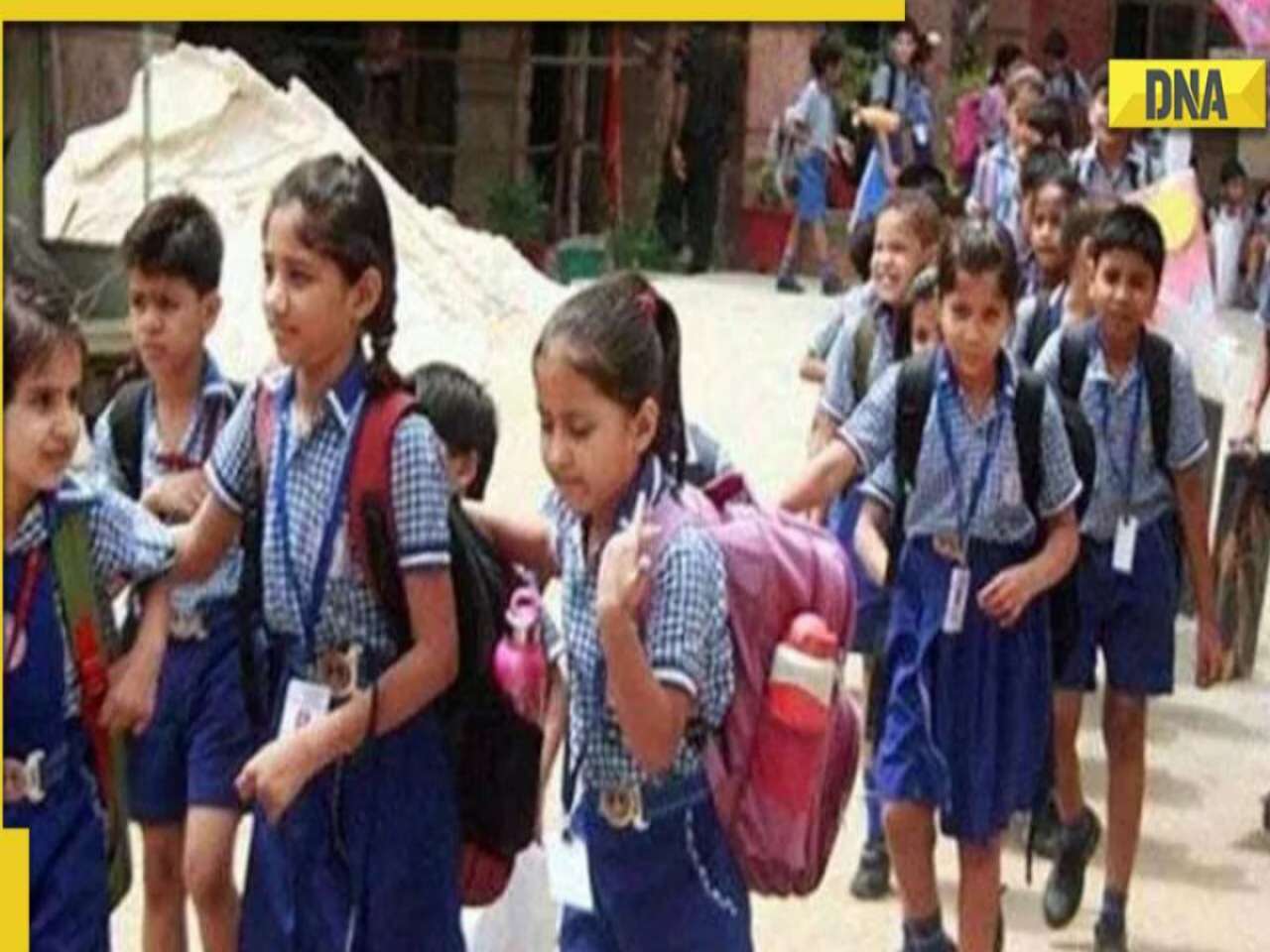
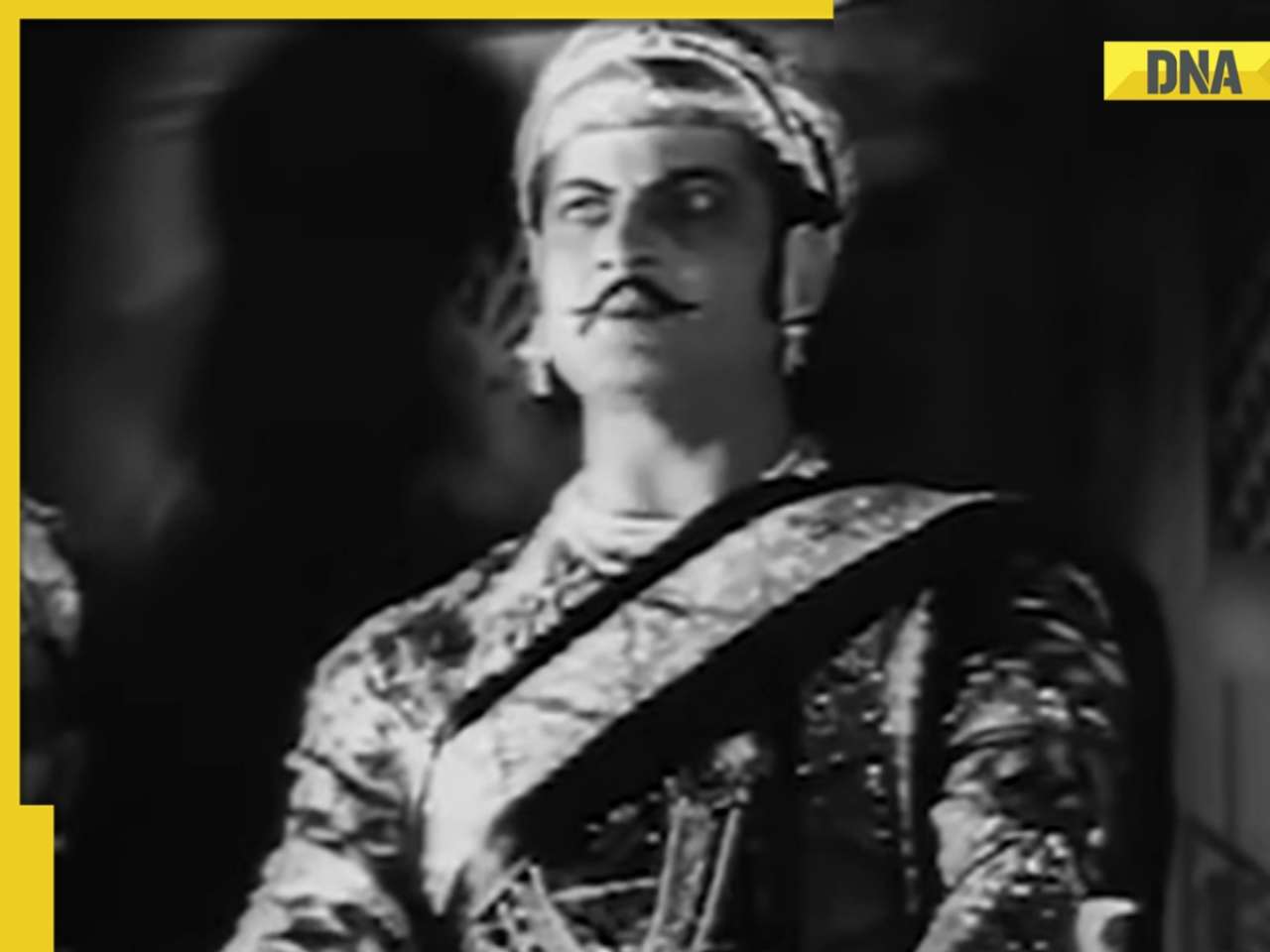

) Many are seeing the farmer income support scheme – Pradhan Mantri Samman Nidhi (Pm-Kisan) – announced in the interim Budget of the next fiscal as something similar – a beginning of a sustainable feature in every Budget in the future.
Many are seeing the farmer income support scheme – Pradhan Mantri Samman Nidhi (Pm-Kisan) – announced in the interim Budget of the next fiscal as something similar – a beginning of a sustainable feature in every Budget in the future.) As per figures culled out from the annual report on the website of the Department of Agriculture, Co-operatives and Farmer Welfare, the share of agriculture and allied activities in the total gross value added (GVA) declined between FY14 and FY17. The website does not have the latest number.
As per figures culled out from the annual report on the website of the Department of Agriculture, Co-operatives and Farmer Welfare, the share of agriculture and allied activities in the total gross value added (GVA) declined between FY14 and FY17. The website does not have the latest number.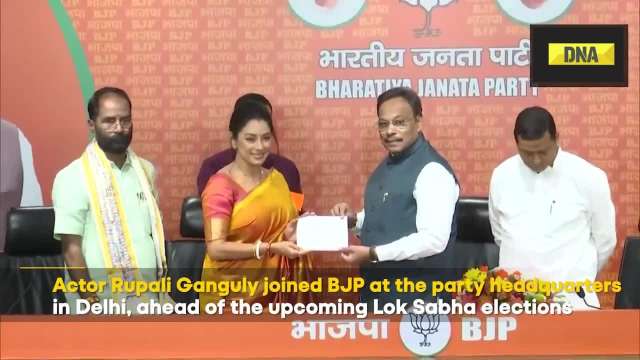
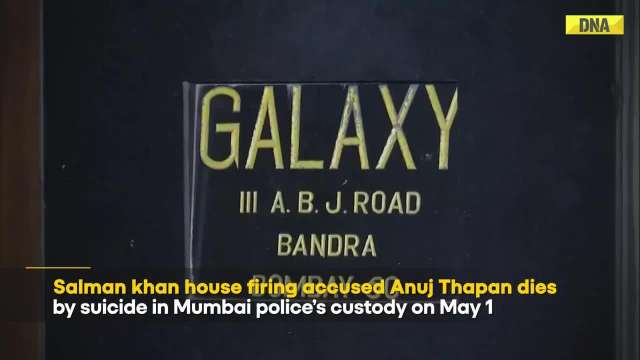
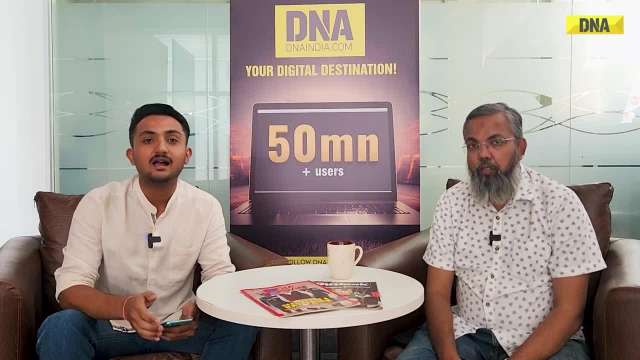
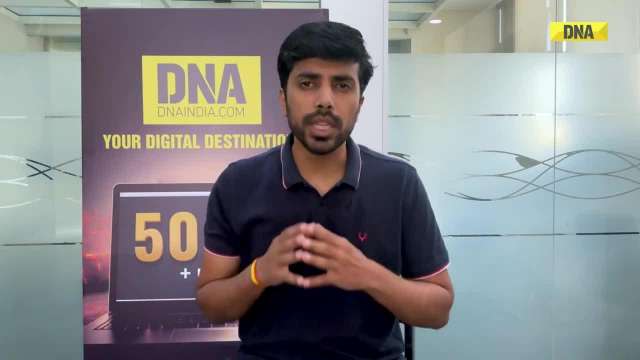
)
)
)
)
)
)